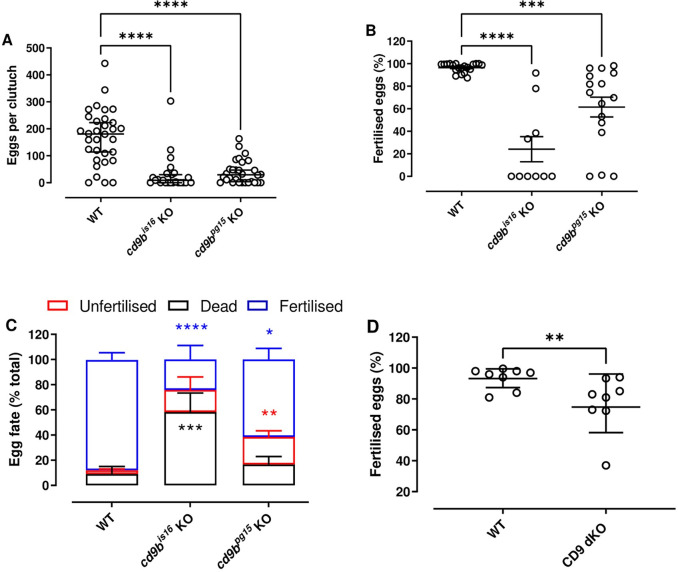Fig 1 cd9b mutant pairs lay smaller clutches of eggs with significantly fewer fertilised eggs.
A significant decrease in the total number of eggs laid per pair, including fertilised, dead and unfertilised eggs, is seen with cd9b mutant pairs (A). The percentage of fertilised eggs is significantly decreased in clutches from cd9b mutant pairs (B). Given the significant decrease in fertilised eggs seen in (B), it can be inferred that there is a significant increase in the percentage of dead and unfertilised eggs per clutch from cd9b mutants. This increase is apparent in (C), where the average breakdown of clutches from WT and cd9b mutant pairs is shown. The additional loss of cd9a in cd9 dKOs did not result in a further decrease in the fertilisation rate (D). Data from 5 experimental repeats carried out over several weeks. (A), (B) and (C) represent pooled data from 5 experimental repeats. A Kruskal-Wallis test with Dunn’s multiple comparisons test where p<0.05 was performed on (A). An ANOVA with Dunnett’s multiple comparisons test was performed on (B, C) after removal of definitive outliers (3 outliers, ROUT, q = 0.1) to give normally distributed data (p<0.05). n = minimum 25 pairs (A), minimum 10 pairs (B, C) per genotype. Only pairs that laid eggs were counted in (B) and (C), whereas all pairs were counted in (A). (D) represents 8 separate matings, with a Mann-Whitney U test of significance. Significance of difference from WT control: **** p<0.001; *** p<0.005; ** p<0.01; * p<0.05; ns = not significant.

